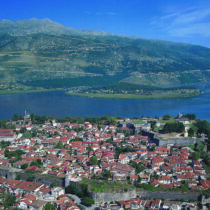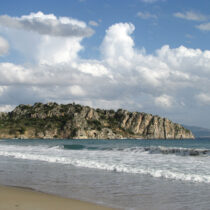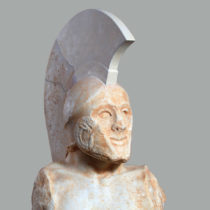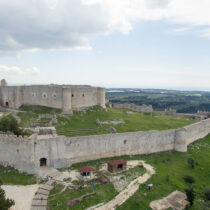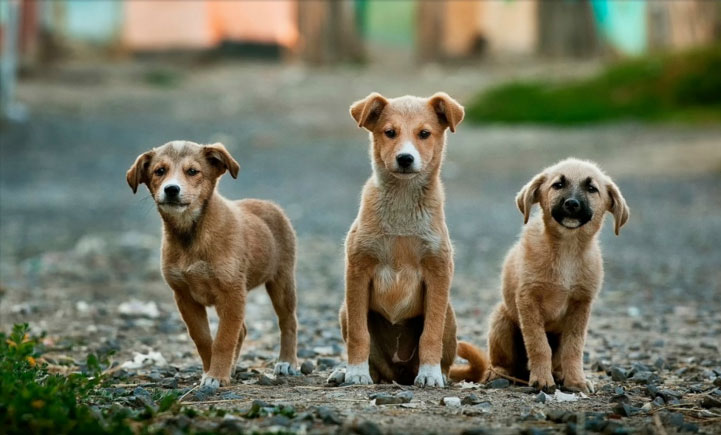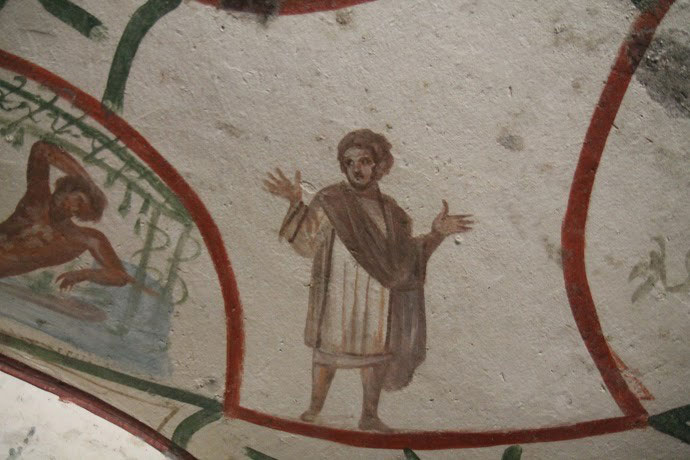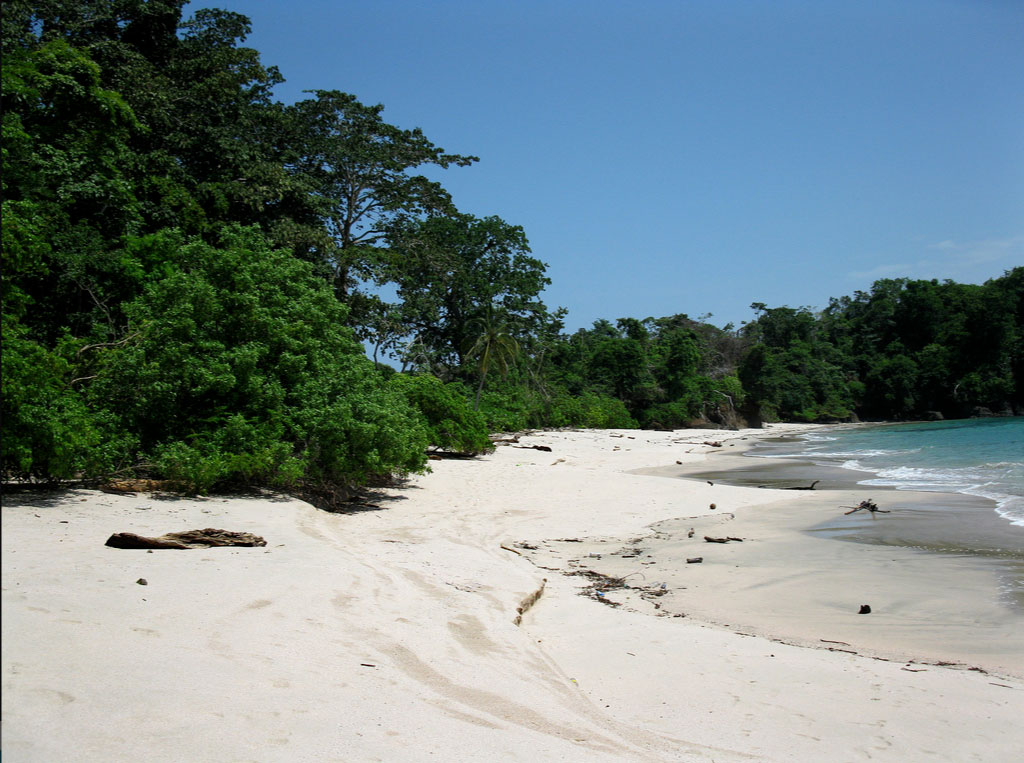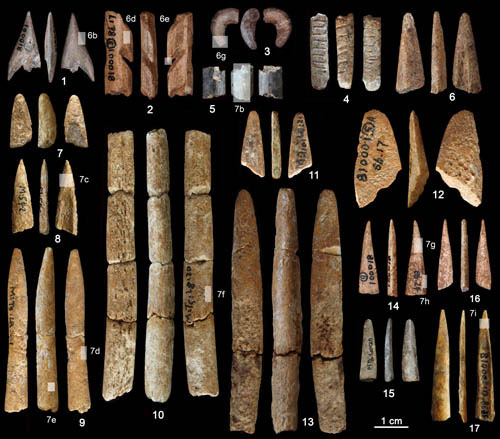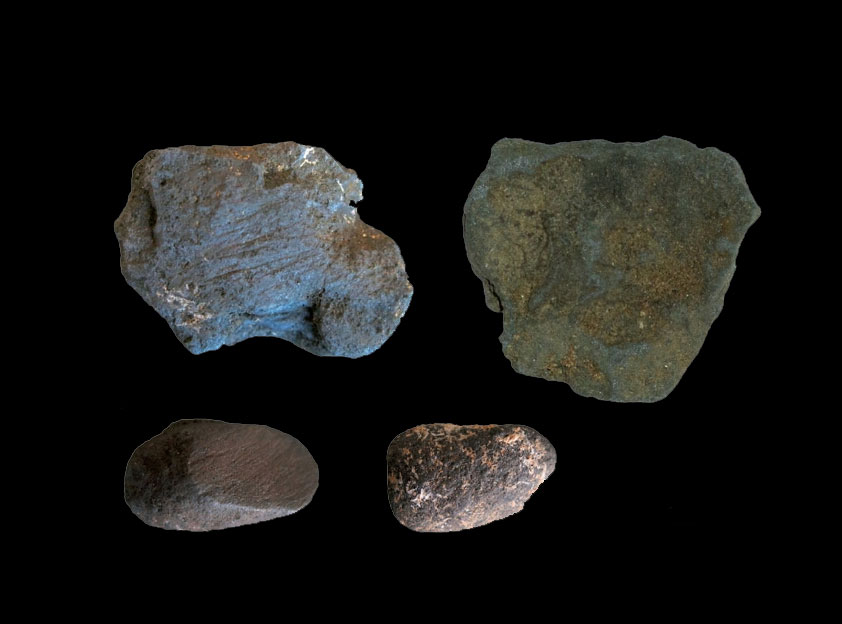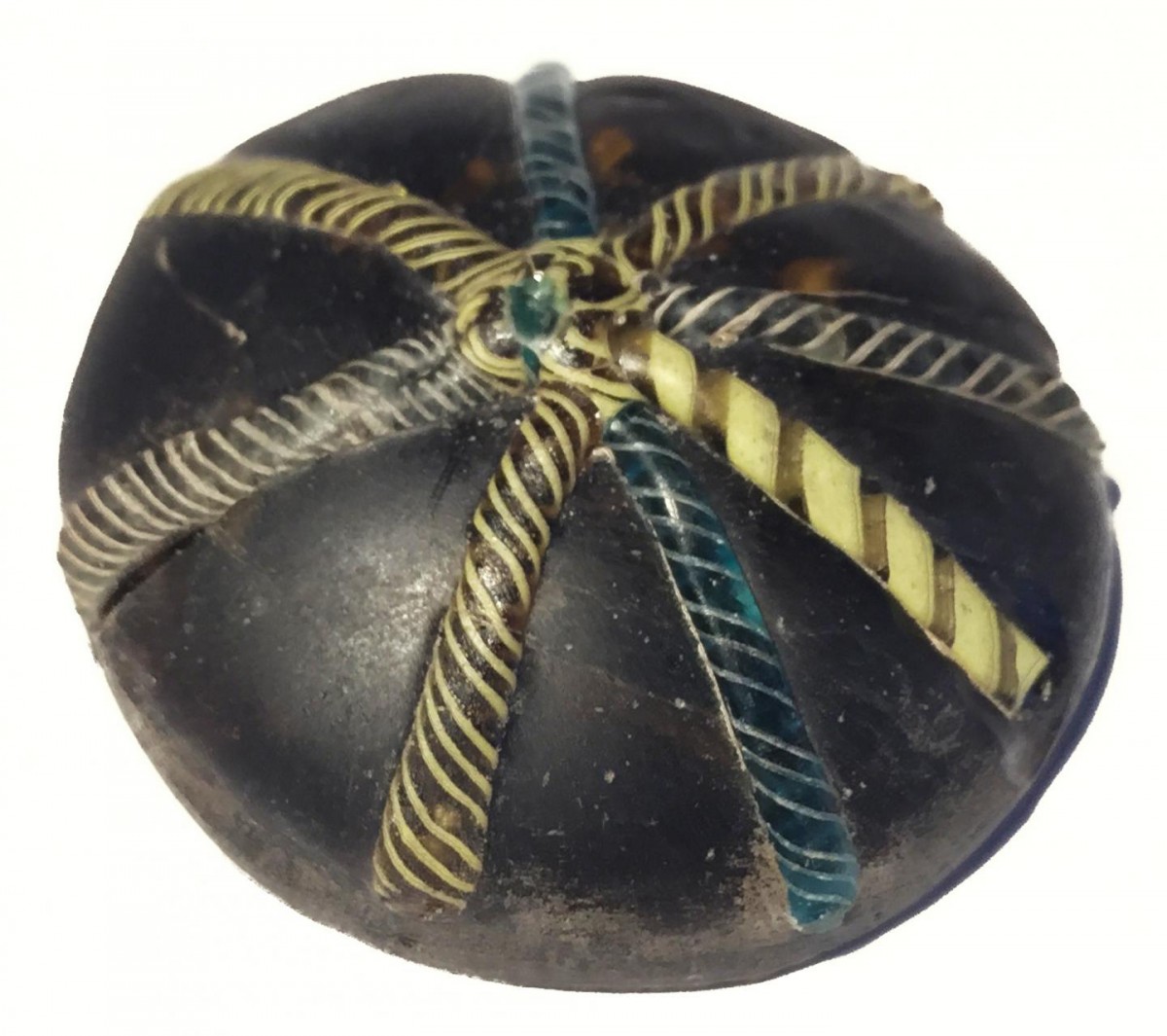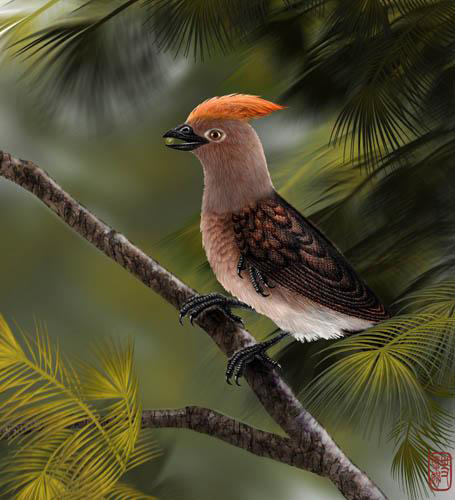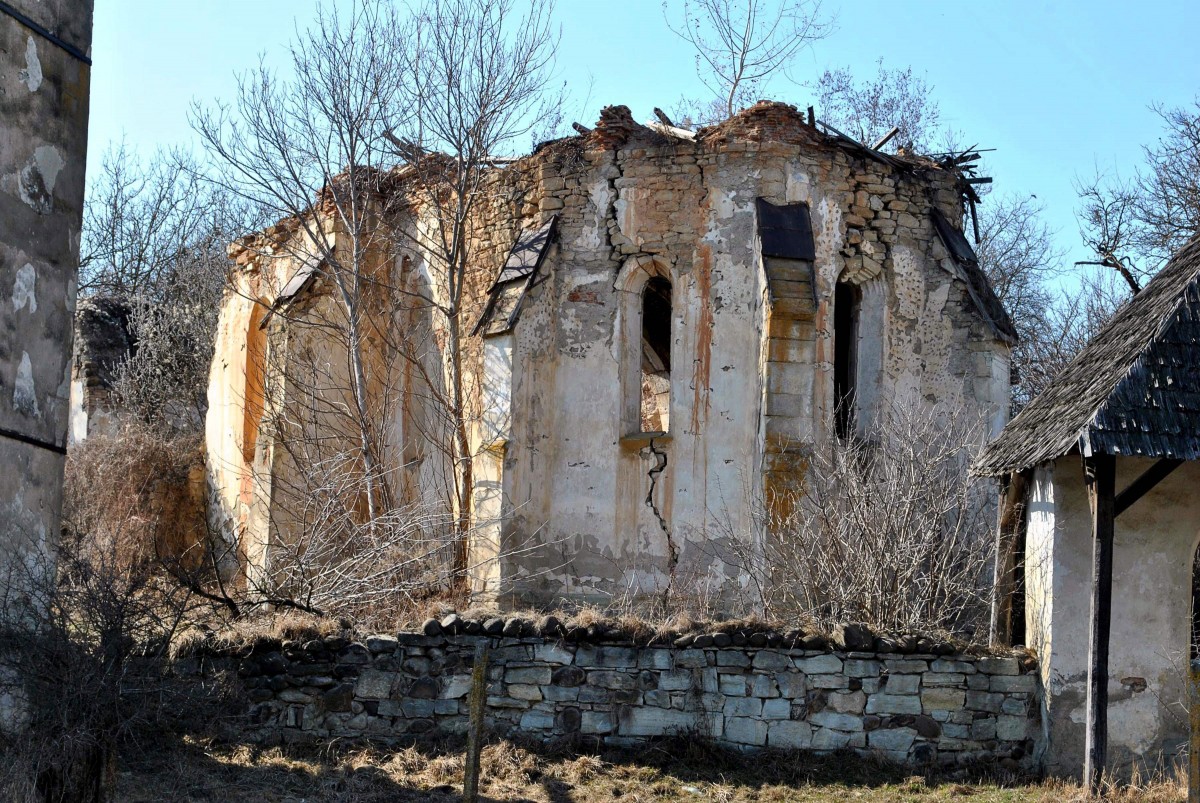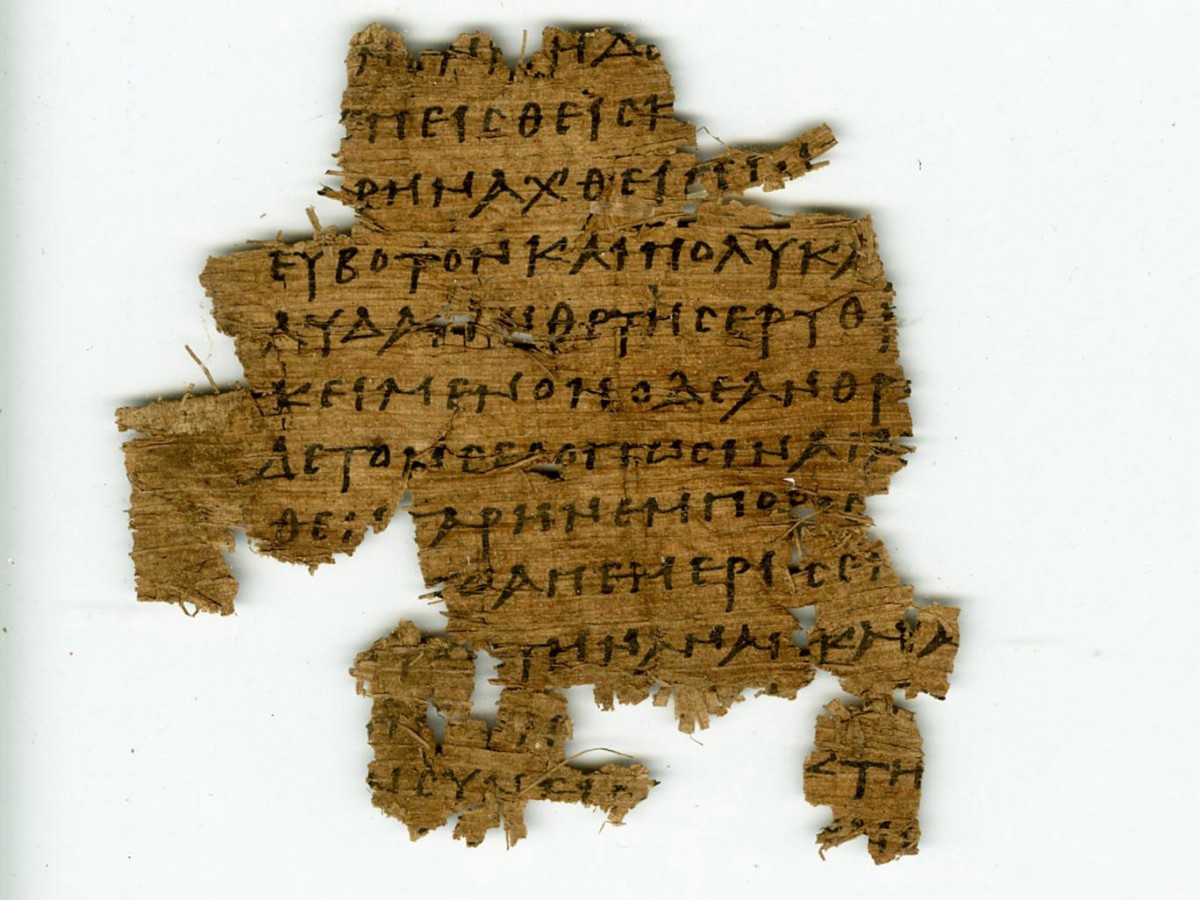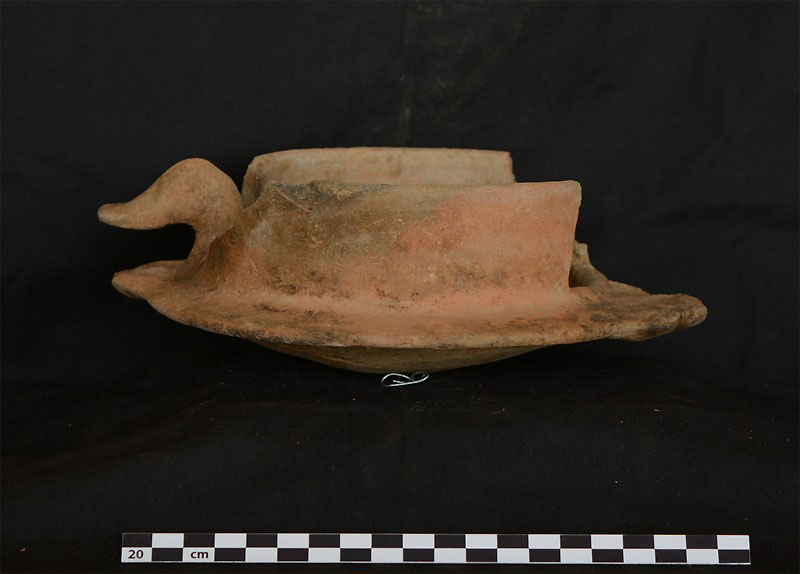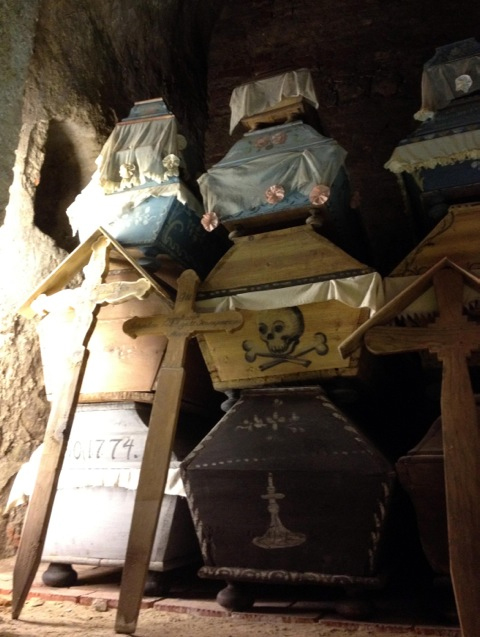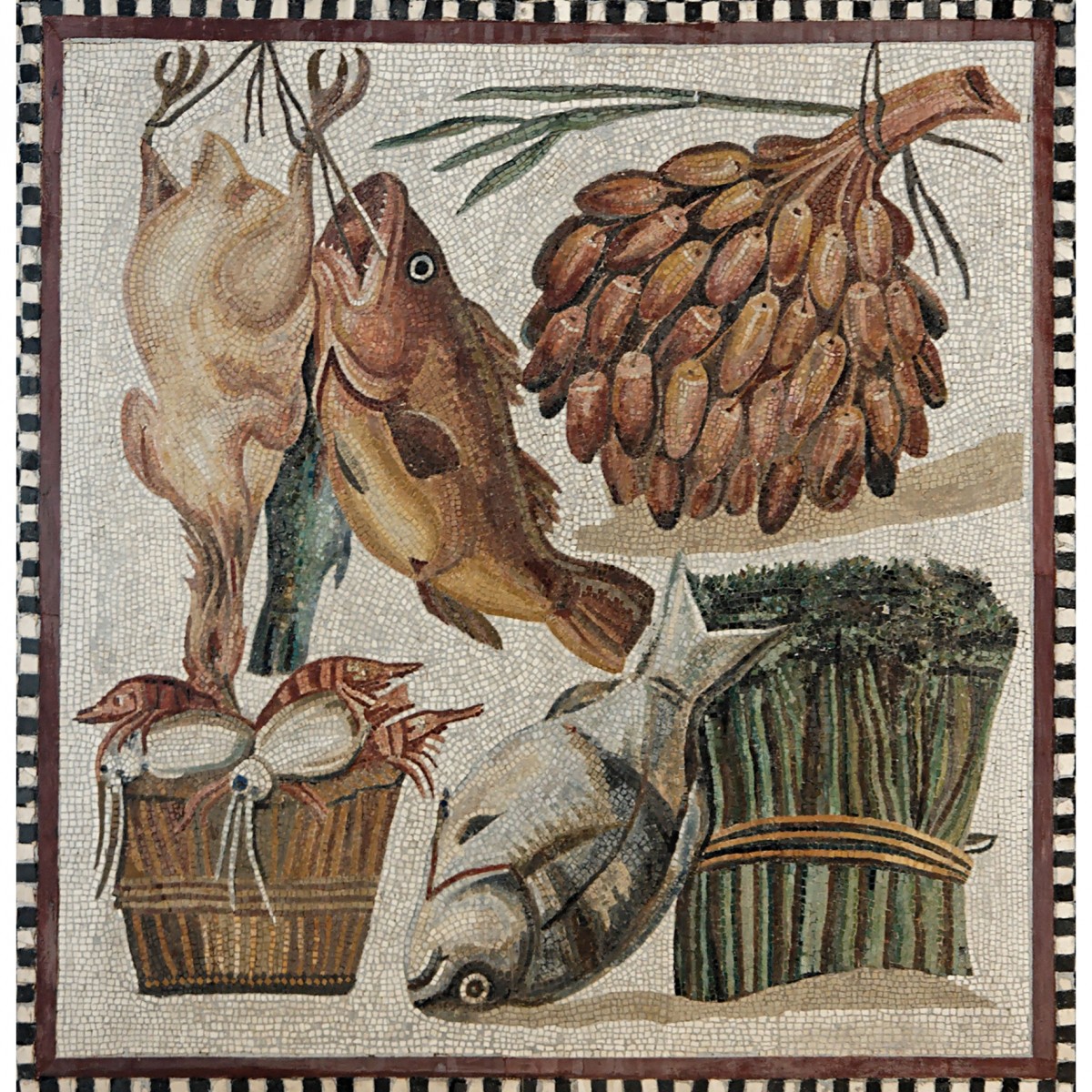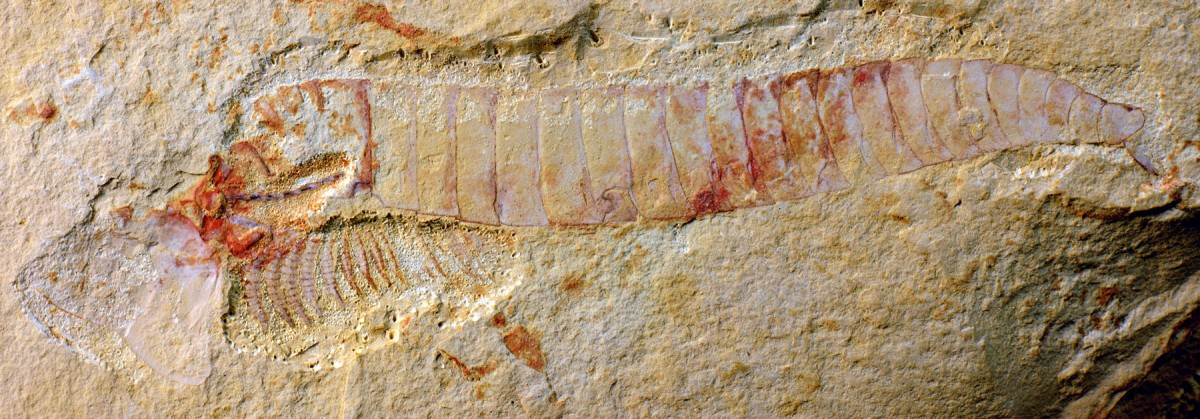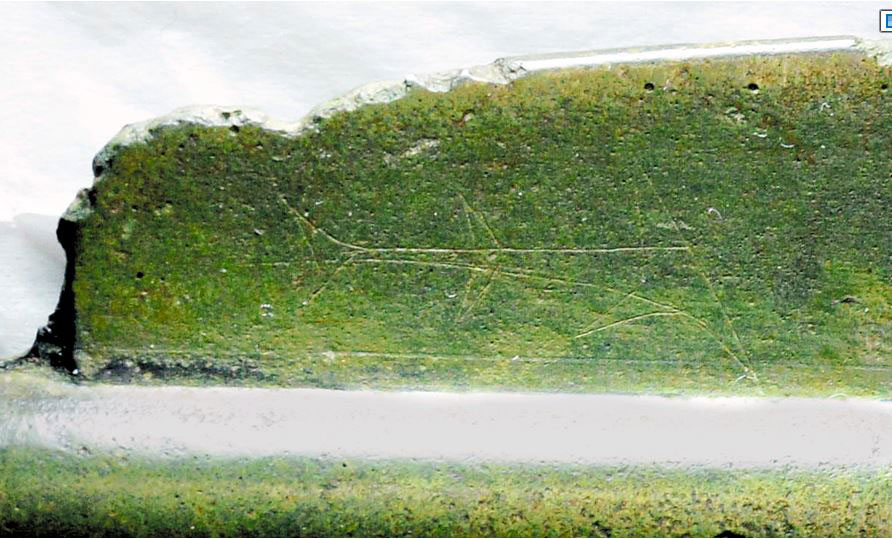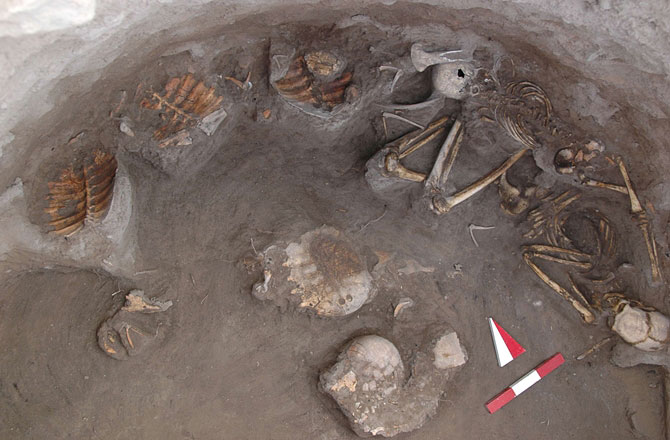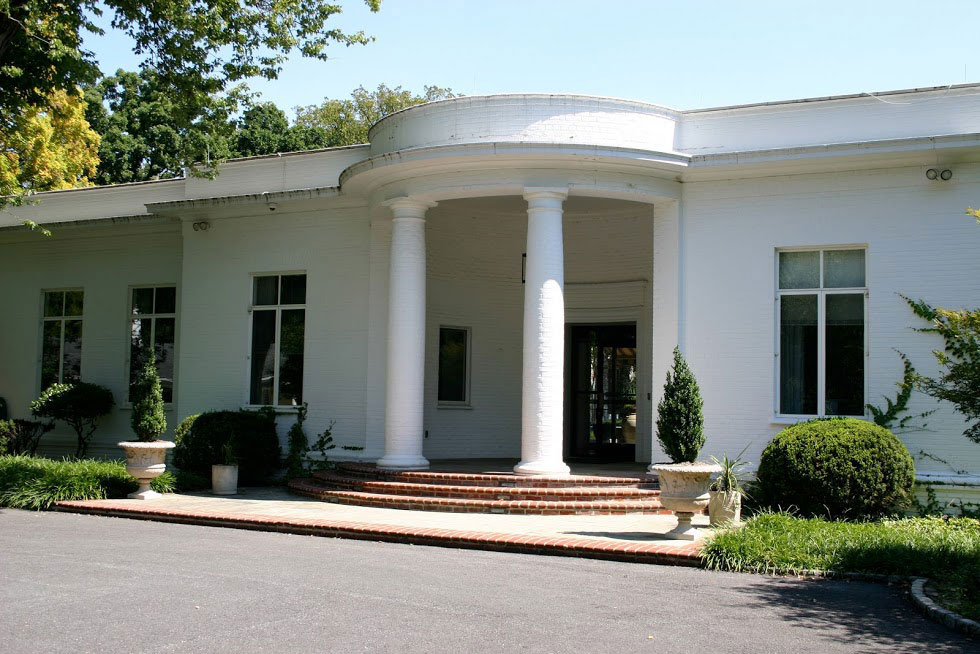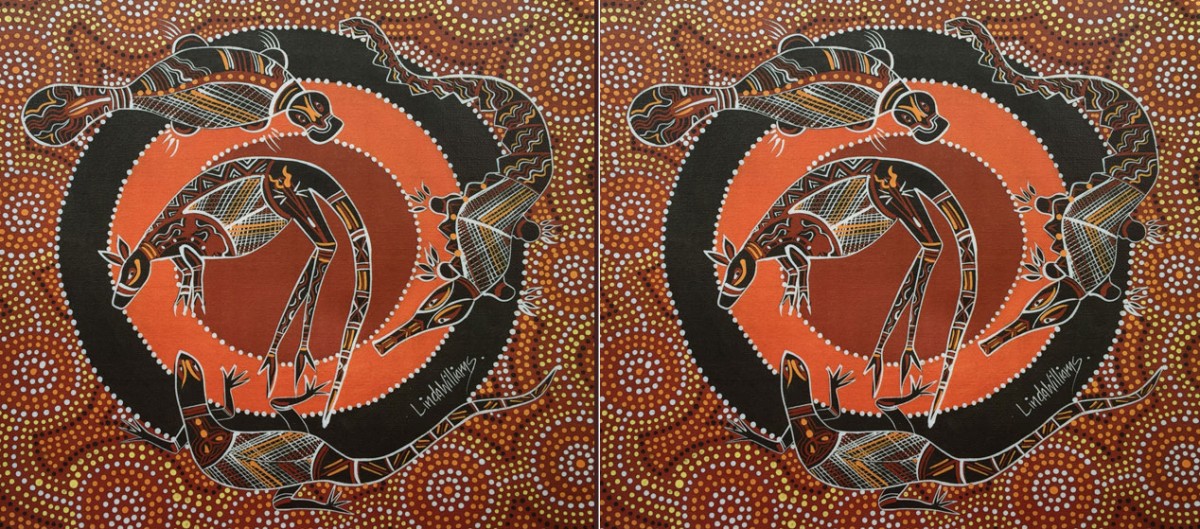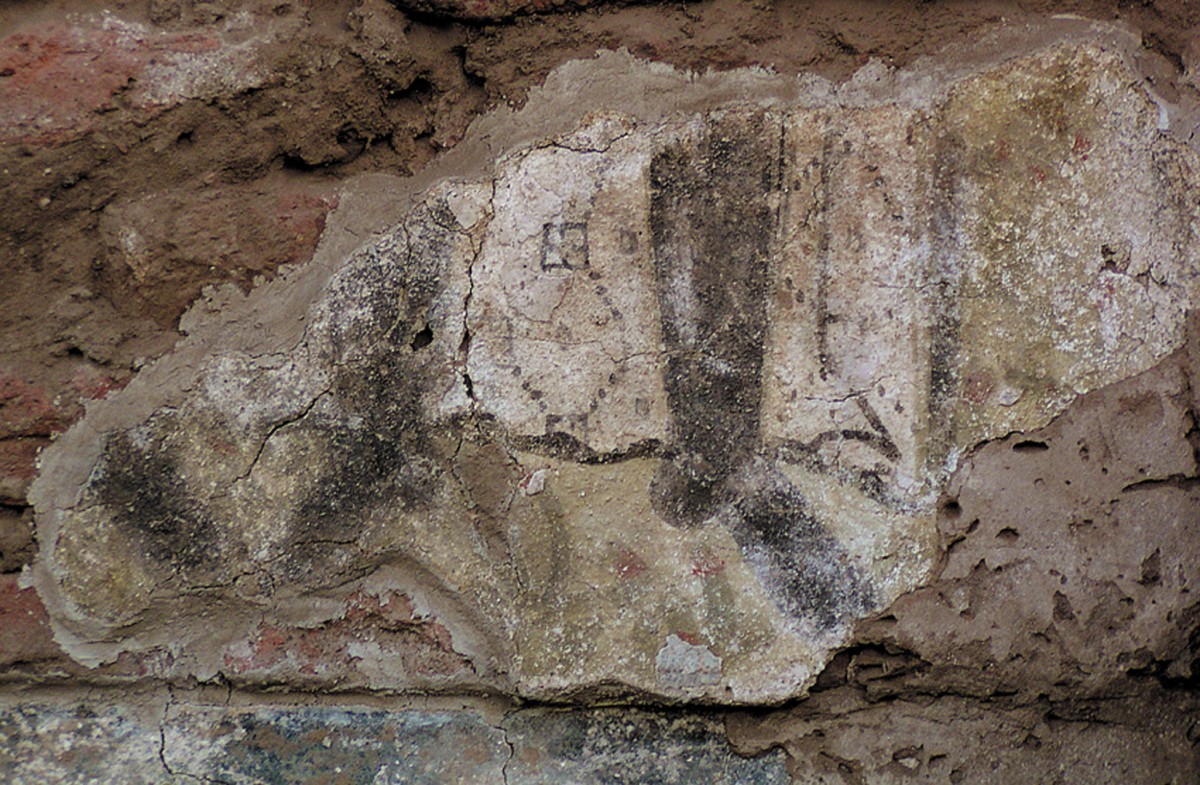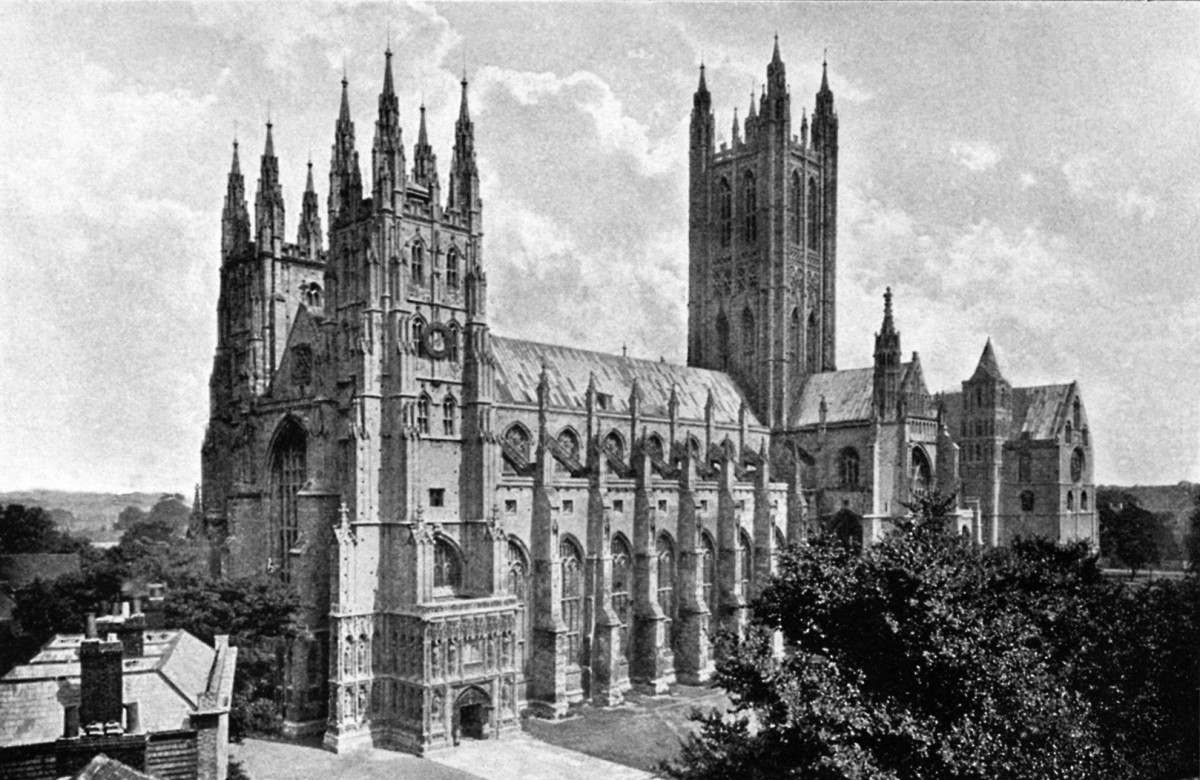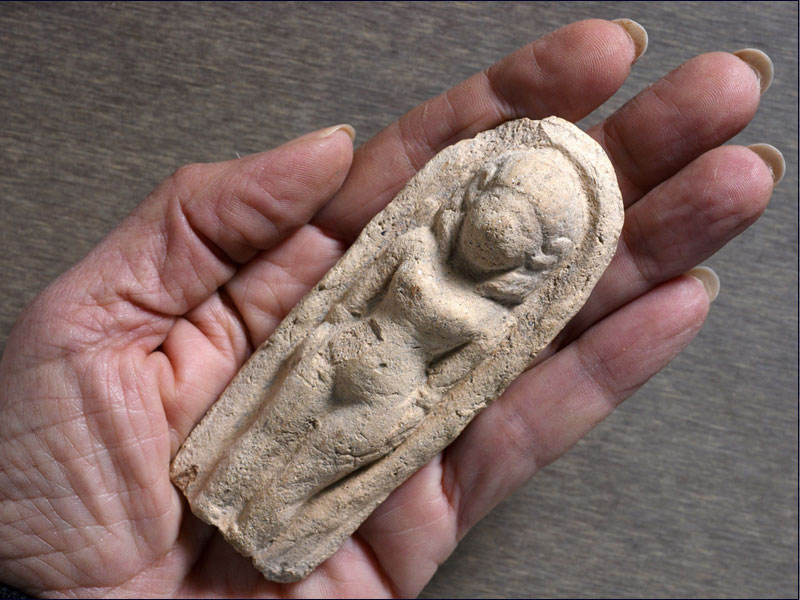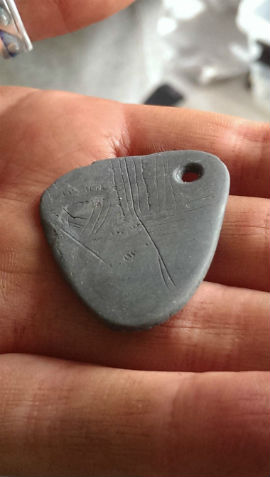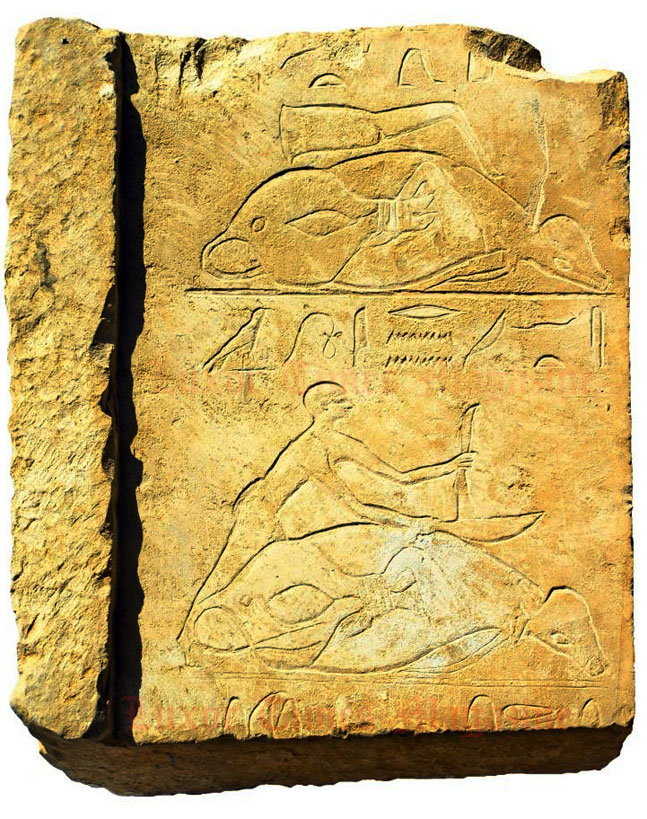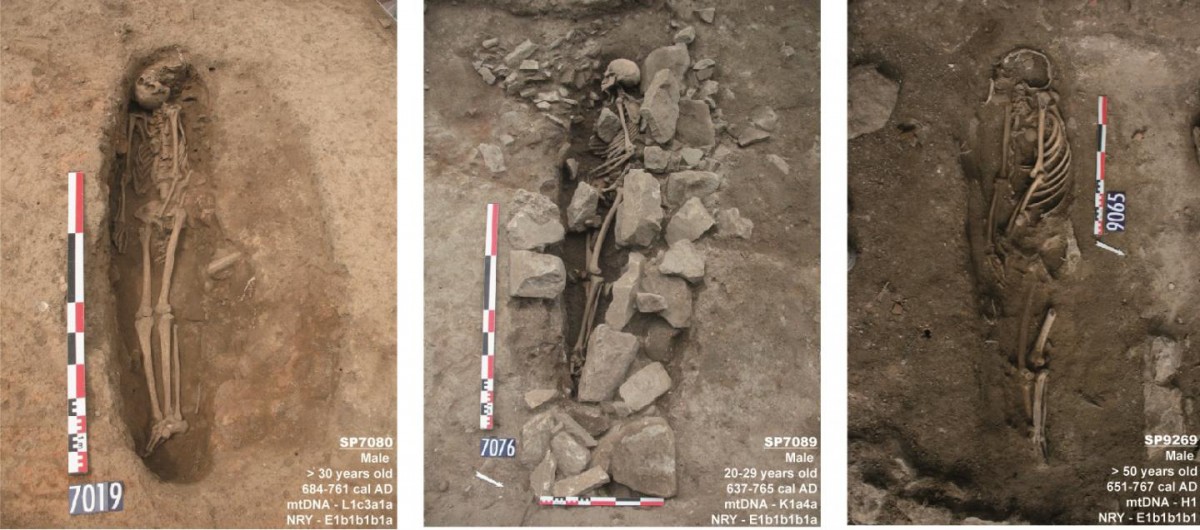Reading an ancient bond in the look of puppy love
Researcher explores close prehistoric relationship between human and dog.
Frescoes in Roman catacombs restored
The completion of restoration of Paleochristian frescoes in the Roman catacombs of St Marcellinus and St Peter was announced, as a result of a project funded by the Heydar Aliyev Foundation (HAF) of Azerbaijan.
Tiny island deer in Panama hunted to extinction thousands of years ago
6,200 years ago pre-Columbian colonists hunted a dwarf deer to extinction on an island called Pedro González.
Palaeolithic Chinese bone tools analysed in study
The results of an analysis on the oldest formal bone tools from southern China have been published.
Making fire the Neanderthal way
Neanderthal communities living in France 50,000 years ago collected manganese dioxide to make fire, in a way which are surprising and qualitatively different from the expertise commonly associated with them.
Mystery on the marsh: A newly discovered Anglo-Saxon island
The remains of an Anglo-Saxon island have been uncovered in one of the most important archaeological finds in decades.
New basal bird from China reveals the morphological diversity in early birds
A new species, Chongmingia zhengi, reported in the journal of Scientific Reports on 25 January 2016, sheds light on the early evolution of birds.
Fresco in Transylvania is rare medieval Giotto copy
The fresco of a church in Romania, now almost destroyed, is a rare copy of Giotto's mosaic "Navicella".
Ancient papyri deciphered by armchair archaeologists
A project for the deciphering of ancient papyri found in Greco-Roman Egypt has recruited armchair archaeologists from around the world with amazing results.
When Egypt met Nubia in Tombos
Excavations in Tombos, North Sudan, reveal the transformation of Egyptian and Nubian culture in a way that explains the rise of the Black Pharaohs
Mutated gene associated with colon cancer
A new Tel Aviv University discovery suggests that a genetic predisposition to colorectal cancer preceded the advent of modernization.
Food, Drink and Civilization
Call for papers for an international and cross-disciplinary conference on food and drink to be held on 21-22 September 2016. Submission deadline: 31 March 2016.
520 million-year-old fossilised nervous system is most detailed example yet found
A 520 million-year-old fossilised nervous system – so well-preserved that individually fossilised nerves are visible – is the most complete and best example yet found, and could help unravel how the nervous system evolved in early animals.
Ancient Japanese sword bears an engraving of a shark
Researchers examining an ancient sword in the Tottori Prefectural Museum have discovered an engraving depicting a shark on the object.
Iron Age burial in Turkey with turtles discovered
Archaeologists in Turkey have unearthed the remains of two individuals buried along with several turtles.
CHS Summer Internship in Publications
The Center for Hellenic Studies (CHS) Summer Internship Program in Publications offers undergraduate students the opportunity to work at the CHS in Washington, D.C. on projects related to publications and content development.
Genetics show 50 thousand years of independent history of Aboriginal Australian people
The new study challenges a previous theory that suggested an influx of people from India into Australia around 4-5 thousand years ago.
Sudan Archaeology from a Greco-Roman Perspective (Part 4)
Nubian Byzantinisms: D. Zielinska on Nubian Christian iconography from a Byzantine perspective.
3-D technology used to safely reveal the diet of ‘Chaucer’s children’
Biological anthropologists have discovered a new way of examining the fragile teeth of children who lived between the 11th and 15th centuries without damaging them.
Ancient figurine discovered by 7-year-old boy
A 3,400 year old statue was recently discovered in Israel by a 7-year-old boy while on an outing with friends.
11,000-year-old pendant is earliest known Mesolithic art in Britain
An 11,000 year old engraved shale pendant discovered by archaeologists during excavations at the Early Mesolithic site at Star Carr in North Yorkshire is unique in the UK, according to new research.
Middle Kingdom tomb discovered in Egypt
A joint mission of American and Egyptian archaeologists have discovered a tomb at El-Lisht in the Dahashur necropolis.
Fabric collection discovered dating back to Kings David and Solomon
Textiles found at Timna Valley archaeological dig provide a colorful picture of a complex society.
Evidence of early medieval Muslim graves found in France
Burial rituals, genetic analysis may indicate 8th century skeletons of North African descent.

